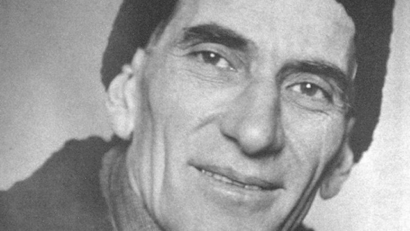
The story of one of the most socially engaged writers of the early 20th century in Romania.

The only epic in the Romanian language “Tiganiada or “The Gypsies Camp published in a final version by Jacques Byck between 1800 and 1812 reflects the enlightenment ideas of the Transylvanian School.

Weapons have always been a source of income for manufacturers and the emergence of the state meant protecting and favouring the production of weapons, for national security reasons as well as for money-making purposes.

Gheorghe Gheorghiu Dej, Romanias first communist leader and one of the masterminds of the process of Sovietisation that started in 1945 under the control of the Red Army, died in 1965.

The first major genocide of the century was perpetrated by the Ottoman Empire against the Armenians.
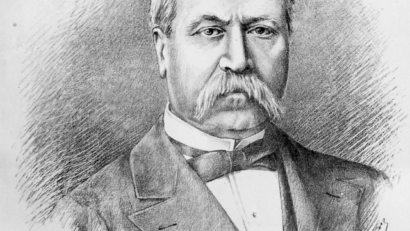
The descendant of a rich noble family from Moldavia, Lascar Catargiu was one of the most important figures of the 19th century.
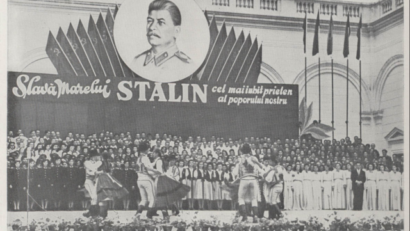
It was only after Stalins death in 1953 that Romania started its own initiatives in the region.
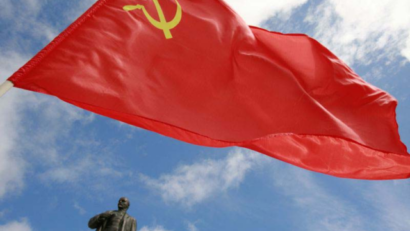
Before the installation of the communist regime, communist ideas had relatively little appeal in Romania.
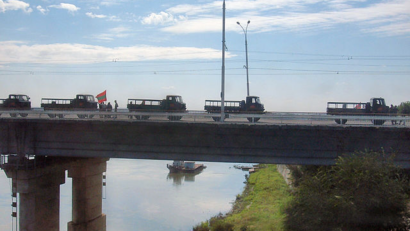
The collapse of the Soviet Union has left room for armed conflicts.
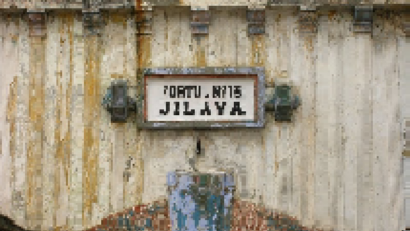
Former inmates of the Jilava communist prison recount their horrific detention experiences.

Between 1946 and 1949, Greece suffered a crippling civil war between the USSR-sponsored communist guerrillas and Greek government forces.

Scheii Brasovului in central Romania hosted the first education institution in the Romanian space, back in 1495.

In the autumn of 1939, shortly after the hated Ribbentrop-Molotov Pact was signed by Nazi Germany and the USSR, the two totalitarian powers started to divide their spheres of occupation and influence according to the treaty.
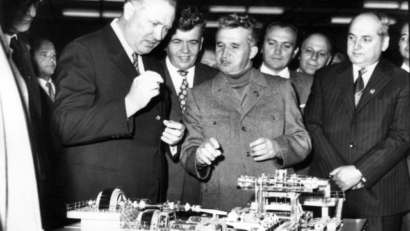
The communist regime counted on industry as the main economic sector. However, a systematic investment policy was only possible starting with the second half of the 1960s.
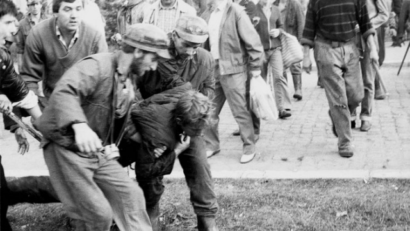
One of the most violent events in post-1989 Romania.
